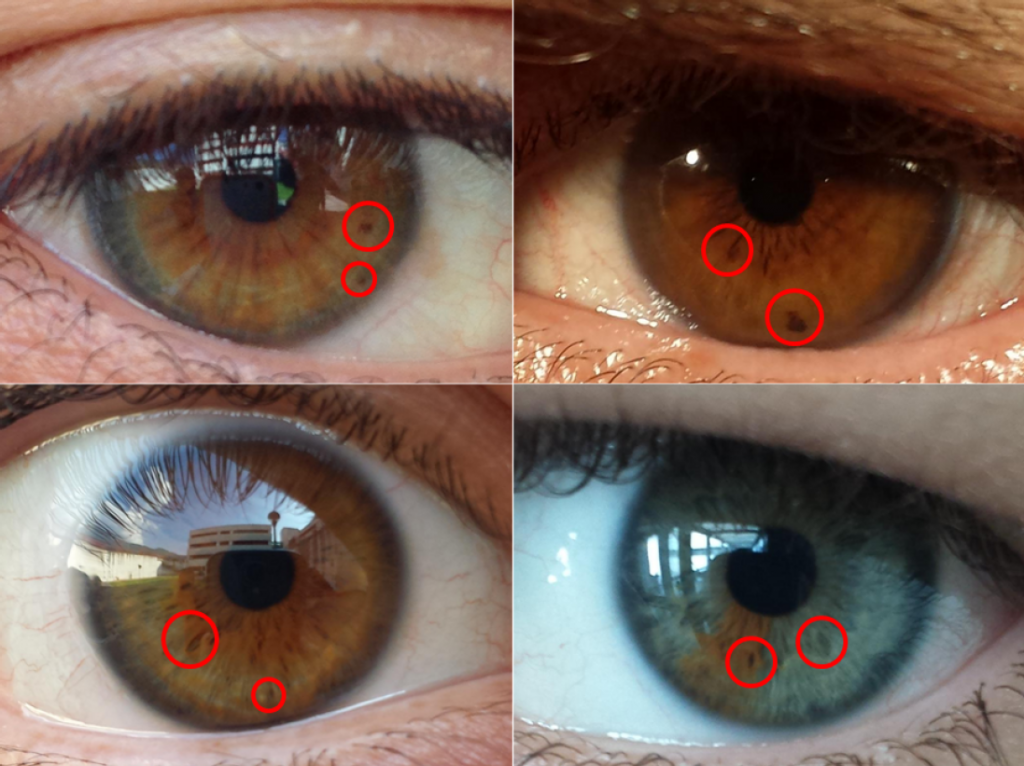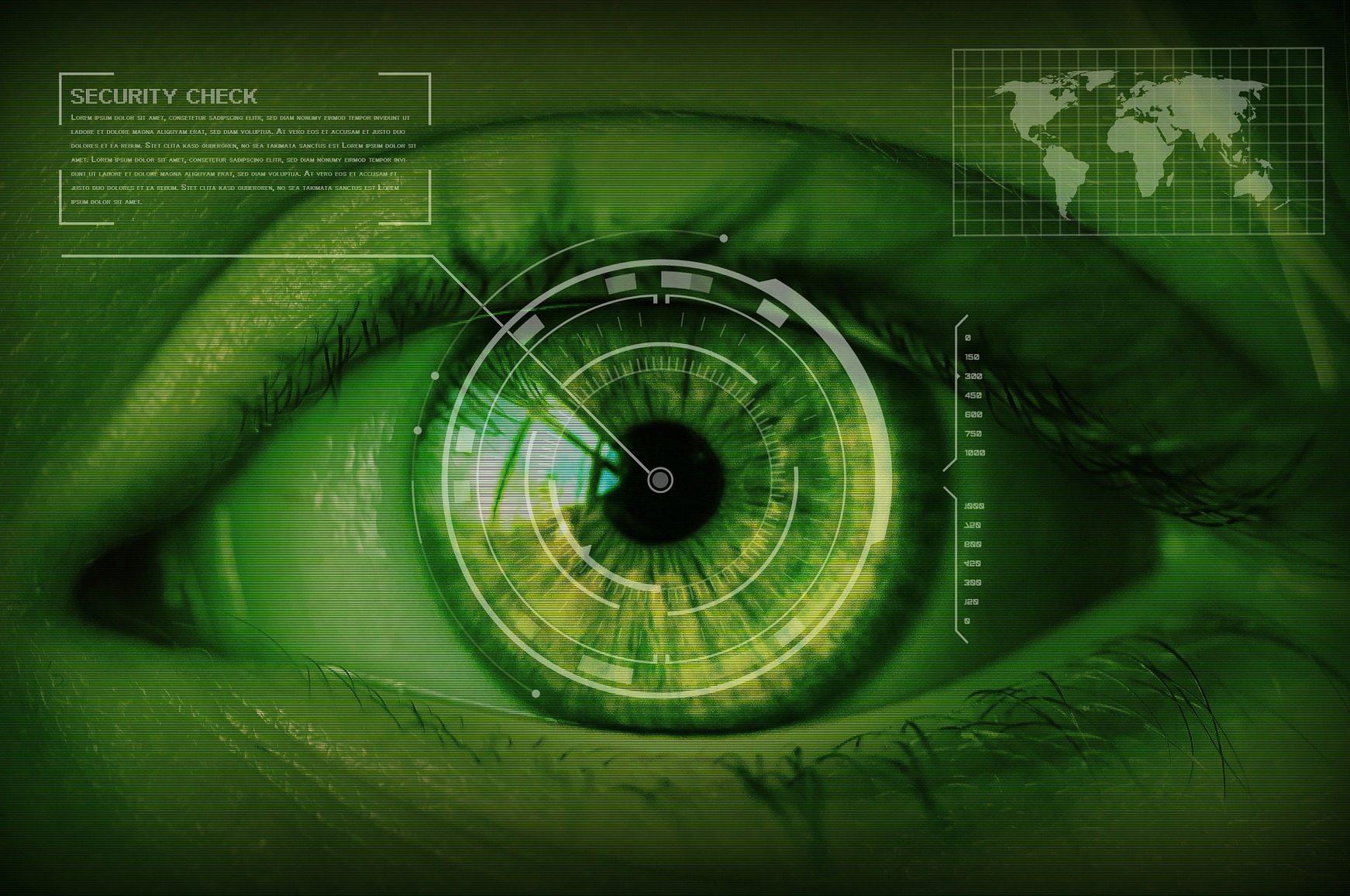Iris recognition: towards a biometric system for smartphones
Smartphones provide a wide range of opportunities for biometrics. Jean-Luc Dugelay and Chiara Galdi, researchers at Eurecom, are working on a simple, rapid iris recognition algorithm for mobile phones, which could be used as an authentication system for operations such as bank transactions.
Last name, first name, e-mail address, social media, photographs — your smartphone is a complete summary of your personal information. In the near future, this extremely personal device-tool could even take on the role of digital passport. A number of biometric systems are being explored in order to secure access to these devices. Facial, digital, or iris recognition have the advantage of being recognized by the authorities, making them more popular options, even for research. Jean-Luc Dugelay is a researcher specialized in image processing at Eurecom. He is working with Chiara Galdi to develop an algorithm designed especially for iris recognition on smartphones. The initial results of the study were published in May 2017 in Pattern Recognition Letters. Their objective? Develop an instant, easy-to-use system for mobile devices.
The eye: three components for differentiating between individuals
Biometric iris recognition generally uses infrared light, which allows for greater visibility of the characteristics which differentiate one eye from another. “To create a system for the general public, we have to consider the type of technology people have. We have therefore adopted a technique using visible light so as to ensure compatibility with mobile phones,” explains Jean-Luc Dugelay.

Examples of color spots
The result is the FIRE (Fast Iris REcognition) algorithm, which is based on an evaluation of three parameters of the eye: color, texture, and spots. In everyday life, eye color is approximated by generic shades like blue, green or brown. In FIRE, it is defined by a colorimetric composition diagram. Eye texture corresponds to the ridges and ligaments that form the patterns of the iris. Finally, spots are the small dots of color within the iris. Together, these three parameters are what make the eyes of one individual unique from all others.
FIRE methodology and validation
When images of irises from databases were used to test the FIRE algorithm, variations in lighting conditions from different photographs created difficulties. To remove variations in brightness, the researcher applied a technique to standardize the colors. “The best-known color space is red-green-blue (RGB) but other systems exist, such as LAB. This is space where color is expressed according to the lightness ‘L,’ and A and B, which are chromatic components. We are focusing on these last two aspects rather than the overall definition of color, which allows us to exclude lighting conditions,” explains Jean-Luc Dugelay.
An algorithm then carries out an in-depth analysis of each of the three parameters of the eye. In order to compare two irises, each parameter is studied twice: once on the eye being tested, and once on the reference eye. Distance calculations are then established to represent the degree of similarity between the two irises. These three calculations result in scores which are then merged together by a single algorithm. However, the three parameters do not have the same degree of reliability in terms of distinguishing between two irises. Texture is a defining element, while color is a less discriminating characteristic. This is why, in merging the scores to produce the final calculation, each parameter is weighted according to how effective it is in comparison to the others.
Authentication, identification, security and protocol
This algorithm can be used according to two possible configurations which determine its execution time. In the case of authentication, it is used to compare the dimensions of the iris with those of the person who owns the phone. This procedure could be used to unlock a smartphone or confirm bank transactions. The algorithm gives a result in one second. However, when used for identification purposes, the issue is not knowing if the iris is your own, but rather to whom it corresponds. The algorithm could therefore be used for identity verification purposes. This is the basis for the H2020 PROTECT project in which Eurecom is taking part. Individuals would no longer be required to get out of their vehicles when crossing a border, for example, since they could identify themselves at the checkpoint from their mobile phones.
Although FIRE has successfully demonstrated that the iris recognition technique can be adapted for visible light and mobile devices, protocol issues must still be studied before making this system available to the general public. “Even if the algorithm never made mistakes in visible light, it would also have to be proven to be reliable in terms of performance and strong enough to withstand attacks. This use of biometrics also raises questions about privacy: what information is transmitted, to whom, who could store it etc.,” adds Jean-Luc Dugelay.
Several prospects are possible for the future. First of all, the security of the system could be increased. “Each sensor associated with a camera has a specific noise which distinguishes it from all other sensors. It’s like digital ballistics. The system could then verify that it is indeed your iris and in addition, verify that it is your mobile phone based on the noise in the image. This would make the protocol more difficult to pirate,” explains Jean-Luc Dugelay. Other possible solutions may emerge in the future, but in the meantime, the algorithmic portion developed by the Eurocom team is well on its way to becoming operational.





Leave a Reply
Want to join the discussion?Feel free to contribute!